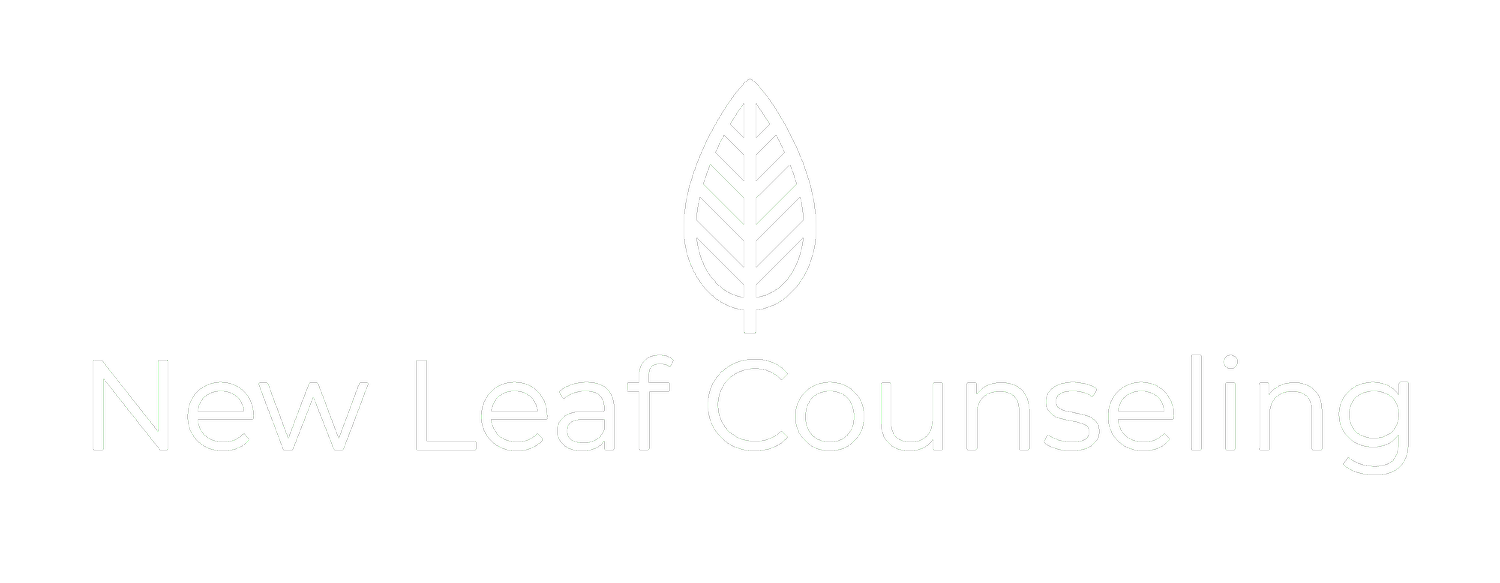How to Achieve Functional, Nonviolent Communication
When I write about functional, nonviolent communication, I am referring to mature communication with boundaries, not characterized by force, manipulation, deception, whining or blaming. The following ideas are my interpretation and summary from the book “Non-Violent Communication: Life-Changing Tools for Healthy Relationships” by Marshall B. Rosenberg. This kind of communication requires the self-discipline of avoiding primitive means of promoting your message (such as yelling or threatening ). Taking away these destructive means of communication, what are the options that remain?
STATE YOUR THOUGHTS AND FEELINGS
We can state what we think and feel, taking ownership of our own reality, without forcing another person to agree with us or adopt our perspective. The purpose of this isn’t to manipulate or convince the other person to go in our direction but to honor ourselves by having a voice for what we believe. It can help both parties to make decisions and move forward knowing that their decision is based on the full context of both individuals’ experience.
ASK QUESTIONS
In functional, positive communication, you can ask any question you want, or ask for whatever you want, if you can accept “no” for an answer. When you are asking a question, it only really works to create mutual understanding if you can live with the other person’s answer. If you are asking a question not out of curiosity or desire to learn about the other person, but rather to interrogate or blame the other person, you are not truly asking a question. Blame and interrogation is a form of coercion or manipulation. Mature communication comes from a place of knowing that you will be okay even if you don’t like what you hear. You will be able to state what you feel or ask the next question without acting out in a destructive or abusive way.
MAKE REQUESTS
We can make requests of another person that they have the right to fulfill or not. I can ask my significant other or a business partner, “Can you consider thinking about this option I am proposing?” Or, “Can you talk to me without yelling when you’re angry?” By making a request, I am not commanding or forcing the other person to comply. It is their choice. If they choose to communicate with me in an abusive way, I can remove myself or try another approach.
STATE WHAT YOU ARE GOING TO DO
There is a difference between the connotation of a “threat” or “ultimatum” and what therapists call a “two choice dilemma.”. A threat or ultimatum is intended as punishment. “If you don’t do what I want you to do, I am going to do something that causes problems for you”. The implication is that I have to hurt you because you hurt me. A “two choice dilemma” has a more pragmatic and self-honoring connotation which involves taking ownership of our own needs. “If you don’t choose to do the thing that I feel is favorable to me, I will make a decision to protect my interests, not with the intention of retaliation”. In other words, I might ask a friend, “Can you help me with this task?”. A threat would be, “If you don’t, we are no longer friends!” A two choice dilemma may or may not be shared and spoken to the other person. “If you don’t help me, I may reconsider whether or not we have a reciprocal relationship. I might need to pull back a little bit and not give so much to someone who doesn’t give back.” A threat is issued to pressure the other person into making the “right” decision, the decision that meets my interests. A two choice dilemma simply states what I am going to do. I am informing you of what will happen. If you choose A, I will do B. If you choose C, I will do D. It’s more of a statement of sharing my healthy decision-making process with you, not manipulating you into choosing what I want you to choose. If you aren’t there for me, I won’t continue to invest as much time or energy in you. The implication is that if I am operating from a place of high self-esteem. Although I want this other person to make a choice that feels good to me, I will be okay even if they don’t, and I will take responsibility for taking care of myself in some other way.
Again, it takes discipline to stay in the zone of these 4 communication techniques, but it is entirely possible to manage conflict, start and end relationships, and find solutions without primitive, destructive styles of communication.
